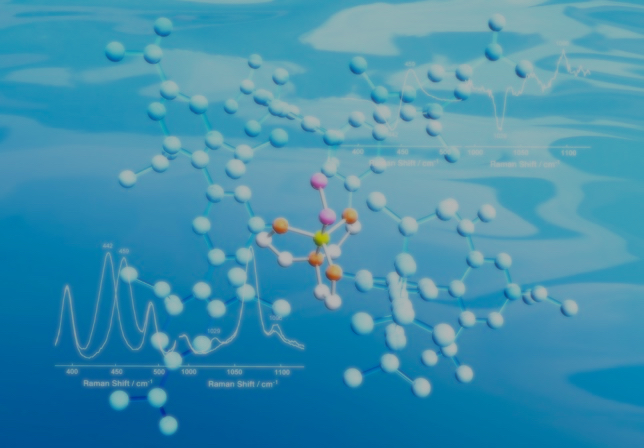Using a variety of supporting ligands, several types of copper-complexes of active-oxygen species have been synthesized and their structure, physicochemical properties, and reactivity have been examined in detail. So far, mononuclear copper complexes of superoxide (A) and alkylperoxide (B), dinuclear copper complexes such as (ì-ç2:ç2-peroxo)dicopper(II) (C) and bis(μ-oxo)dicopper(III) (D) complexes as well as mixed valent trinuclear bis(ì3-oxo)tricopper(II,II,III) complex (E) have been successfully obtained (Figure 1). These copper active-oxygen complexes can be obtained by the reactions of copper(I) complexes and molecular oxygen (O2) or the reactions of copper(II) complexes and peroxides. These copper active-oxygen complexes have been demonstrated or suggested to be involved in copper proteins (enzymes), playing key roles in the oxygen transport and the oxidation/oxygenation reactions in biological systems, being one of the most attractive research objectives of bioinorganic chemistry. The copper active oxygen species are also very important intermediates involved in a variety of copper-catalyzed reactions in synthetic organic reactions. We and other research groups have shown a versatile reactivity of the copper active-oxygen complexes listed in Figure 2. We have also investigated the detailed mechanisms of respective reactions to provide important information for the development of new catalytic reaction systems.
We have extended the copper active-oxygen chemistry to the nickel sysetm to obtain an iso-structural bis(ì-oxo)dinickel(III) complex (F). Comparisons of the structure, spectroscopic and redox features, and reactivity between the copper and nickel complexes supported by the same ligand have explored the roles of metal ions. Furthermore, a very efficient oxygenation reaction of alkanes (inactive saturated hydrocarbons) with mCPBA catalyzed by nickel complexes have been developed, which can be applied to organic synthesis (Figure 3). Recently, we have also succeeded to develop an efficient 1,2-cis-dihydroxylation reaction of olefins catalyzed by an osmium complex, where more than 99% stereo-selectivity and high catalytic turnover number (over 1000 times) as well as nearly quantitative product yield are attained. We are currently trying to develop an efficient alkane hydroxylation system using a different types of osmium catalysts.
To develop new and more efficient catalytic systems, we are currently focusing on (i) ligand design for highly efficient catalysts for alkane hydroxylation and (ii) expansion of the oxidation chemistry to other transition-metal systems; Fe, Co, Mn, etc.
